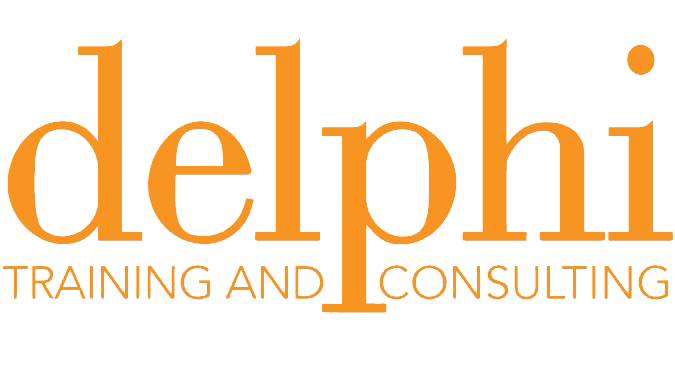
Join our NETWORK
Get all latest news, event updates and access to resources & information.
In September 2025 the American Psychiatric Association (APA) included Moral Injury (MI) in the Diagnostic and Statistical Manual of Mental Disorders (DSM-5-TR) under Z65.8 Moral, Religious, or Spiritual Problem alongside moral dilemmas and moral distress.
Z codes are not mental health diagnoses. Z codes may be used instead of or in addition to a diagnosis, providing context and factors contributing to an individual’s mental health. This may include social determinants, historical factors or recent stressors leading to or contributing to a decline in mental health. Z codes highlight significant information warranting attention in addition to or alongside a co-existing diagnosis. The inclusion of MI is not pathologising the experience. Rather it acknowledges MI as distinct from PTSD, opening a pathway to therapeutic considerations where conventional PTSD treatments have not been effective. Recognition of the MI continuum comprising moral dilemmas, moral distress and moral injury is important for:
The International Centre for Moral Injury defines it as “a profound sense of broken trust in ourselves, our leaders, governments and institutions to act in just and morally ‘good ways’ and the experience of sustained and enduring negative emotions – guilt, shame, contempt and anger – that results from the betrayal, violation or suppression of deeply held or shared moral values”.
Concern for the wellbeing and safety of others is the foundation of human relationships, and for all its failings, moral principles, ethics and values are the bedrock of civil society and democracy. Viktor Frankl said, “Everything can be taken from a man but one thing: the last of the human freedoms – to choose one’s attitude in any given circumstances, to choose one’s own way”.
A moral injury can be sustained through personal acts of commission or omission, being a witness or bystander to behaviour of individuals or organisations that transgress our values, beliefs and moral compass.
Professions at risk include but are not limited to lawyers, mental health nurses, medical personnel, teachers, social workers, public servants, psychologists, child protection, military, police, the judiciary, domestic violence and sexual assault workers, financial and insurance institutions, the media and humanitarian workers.
Lawyers may represent clients who have sustained a moral injury through their work or repercussions of whistleblowing. They may experience their own moral injury as a result of the adversarial nature of law placing them in scenarios where they may be forced to make choices that conflict with personal values.
Teachers may experience moral injury with increasing expectations in their roles, as carers, social workers and unpaid demands on their time with administrative tasks and meetings with decreasing resources.
Mental health nurses can be placed in systemic double binds of being there to assist suffering but finding themselves in situations where they do not have adequate training or skills. Examples may include employing techniques on aggressive patients that risk or cause harm such as the use of restraints or medication. This can cause cognitive and moral dissonance with the principle, ‘first do no harm’.
Psychologists and Social Workers in private practice and working in agencies describe moral injury arising from the 10-session limit on Medicare rebated sessions and organisational limited sessions with pressure to undertake short-term approaches with people who require long-term therapy. Agencies working with First Nations peoples, sexual assault, domestic violence and child protection find themselves in situations of escalating inequities for the people they serve and the exhaustion of ongoing battles for funding. Doing more with less is not a badge of honour but a slippery slope to burnout and moral injury.
Banking and finance industry staff may sustain a moral injury through directions to act against what they believe to be a client’s bests interests or partnerships with businesses that harm the environment, prioritising profits and key stakeholder interests over ethics.
An employee or member of the public can sustain a moral injury through actions or inactions in any workplace, private, public or government institution. Moral injury is an invisible wound of profound intrapsychic harm. The impact and pathway to healing is informed by how the injury was sustained.
Moral injury is a complex, multifaceted and enduring experience. Organisations may feel caught between a rock and a hard place, managing reputational risk and repairing harm. This can create moral dilemmas for others who are charged with responding to an incident, leading to a morally injurious ripple effect throughout an organisation. These two needs are not mutually exclusive.
This training explores the nature, dynamics and impacts of moral injury differentiating moral dilemmas, moral distress and moral injury. Other workplace psychosocial risks such as burn out, compassion fatigue, secondary trauma and vicarious trauma, will be outlined and explore how they differ from but may coexist, interact with, and compound a moral injury.
Guidance and avenues for individual healing will be discussed. Where an organisation has caused or contributed to a moral injury, a pathway to institutional courage is outlined. Personal avenues for healing and institutional responsibilities to repair and create change, while different are often intricately interwoven parts of the same tapestry.
Format:
In-house training will be tailored to address the unique requirements for your professional and organisational needs.
Open-house training will draw on several professions and the similarities and differences they each face.
The learning approach comprises lecture, case studies, discussion, use of self-assessment tools and scenario-based group exercises.
90 minute – half day – full day options. Content will vary depending on length of the training.
This training is designed for leadership, managerial, supervisory, human resources, counsellors / therapists and policy development roles in:


Get all latest news, event updates and access to resources & information.